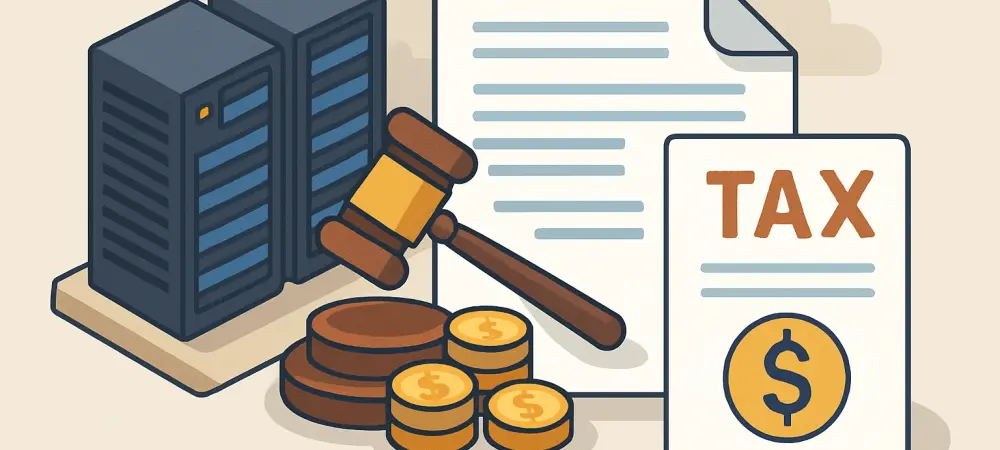I’m thrilled to sit down with Dominic Jainy, a seasoned IT professional whose deep knowledge of data center operations and emerging technologies like AI, machine learning, and blockchain offers a unique perspective on the intersection of tech and policy. With years of experience in the industry, Dominic has seen firsthand how data centers drive innovation while navigating complex challenges like taxation. In our conversation, we dive into the intricacies of how data centers are taxed, the impact of incentives and geographic factors, and the reasons behind unpredictable tax burdens. We also explore the dramatic rise in tax revenue from data centers in certain regions and what this means for the future of the industry.
How do data centers typically get taxed, and what are the main categories of taxes they face?
Data centers, like most commercial entities, are subject to a variety of taxes, but the specifics depend on a lot of factors. The primary categories are property tax, sales tax, and income tax. Property tax is levied by local governments on the physical infrastructure—think buildings and land. Sales tax comes into play when operators purchase equipment like servers or cooling systems, though exemptions can apply in some states. Income tax kicks in when a data center generates revenue, such as through renting out colocation space, and this can be assessed at federal, state, or even local levels. Each of these taxes can vary widely based on location and the type of data center, which makes the tax landscape pretty complex.
What makes it so difficult to predict the exact tax burden for a specific data center?
Predicting taxes for a data center is tricky because there are so many variables at play. For one, tax incentives or abatements can drastically reduce what a facility owes, sometimes even to zero for a period. Then you’ve got the differences in tax rules across federal, state, and local levels—sales tax might only be a state issue, while property tax is almost always local. On top of that, not all data centers operate the same way; some don’t generate direct revenue, which affects income tax. It’s a patchwork of policies, and no two data centers face the exact same situation.
Can you explain how tax incentives or abatements influence what a data center actually pays?
Absolutely. Tax incentives are a huge factor. Governments at various levels—federal, state, or local—often offer abatements to encourage data center construction because they bring jobs and infrastructure investment. These can include temporary exemptions from property or sales taxes, or even credits against income tax. For instance, a state might waive sales tax on equipment purchases for the first few years to sweeten the deal. These incentives can slash a data center’s tax bill significantly, sometimes by 100% early on, though they often phase out over time, which then increases the tax burden.
Why do some data centers not generate direct revenue, and how does that affect their taxation?
Many data centers, especially hyperscale ones owned by large tech companies, don’t generate direct revenue because they’re not selling services or space—they’re just housing servers for internal use. Think of them as a cost center rather than a profit center. Since they don’t earn income, there’s no corporate income tax to pay at the facility level. However, they can still reduce the parent company’s overall tax liability by qualifying as a business expense. It’s a strategic way to manage taxes, but it also means local governments might see less direct revenue from these facilities.
How does a data center’s location impact the taxes it has to pay?
Location is a massive factor in data center taxation. Sales tax, for example, can be based on either the origin—where the supplier is located—or the destination—where the data center is. If you’re buying equipment from out of state, you might pay the supplier’s state rate, or your own state’s rate, depending on the policy. Some states, like New York, even offer specific sales tax exemptions for data centers to attract business. Property taxes also vary wildly by locality, and some areas might offer better deals or infrastructure to lure operators. It’s often a game of finding the most tax-friendly spot.
What’s driving the huge increase in tax revenue from data centers in places like Prince William County, Virginia?
The spike in tax revenue in Prince William County—from $420,000 in 2012 to $23.3 million in 2023—is a combination of two big trends. First, there’s been a massive boom in data center construction in that area; it’s become a hub due to proximity to major internet exchanges and favorable conditions. Second, many of the early tax incentives that were granted to attract these facilities have started to expire, meaning operators are now paying closer to the full rate on property and other taxes. It’s a perfect storm of growth and policy shifts that’s filling local coffers.
What’s your forecast for the future of data center taxation as more facilities come online?
I think we’re going to see tax revenue from data centers continue to climb as the industry grows—more facilities mean more taxable assets, even with incentives in place. However, there’s also going to be ongoing tension between governments wanting to maximize revenue and companies pushing for tax breaks to offset the huge upfront costs of building these centers. We might see more nuanced policies emerge, like tiered incentives that reward energy efficiency or job creation. The debate over whether data centers pay their fair share, especially given their resource use, will likely heat up as well. It’s a space to watch closely over the next decade.

